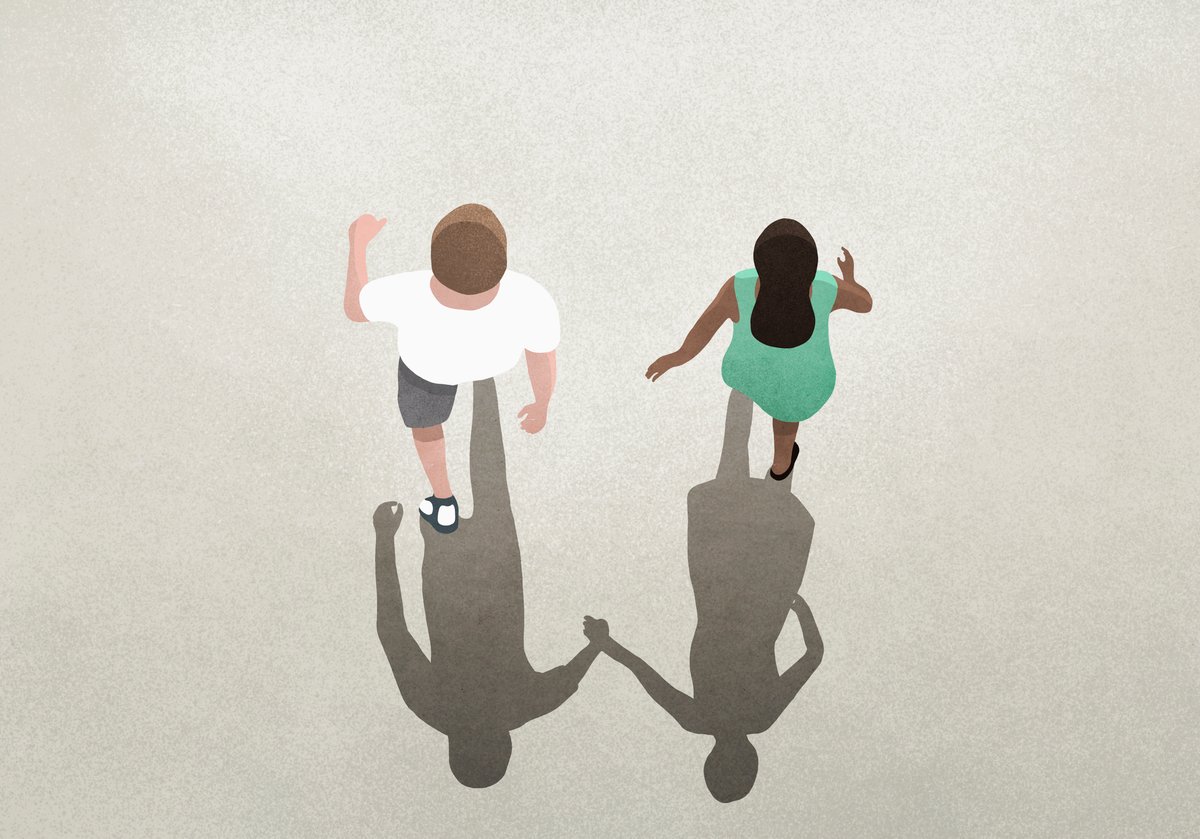
When there are ongoing cycles of conflict in our couple relationship, we often unconsciously take our partner’s comments, behaviour, opinion, tone of voice or facial expression as a threat. In that moment, we’re triggered into fight- or-flight and our mind and body react to our partner as if they were a hungry bear chasing us.
The threat feels very real, and we react accordingly. We fight or run for our lives. The tragedy is that couples can do this for years, or even decades.
Watch: Here are the relationship flags you need to look out for. Story continues below.
Remember, it typically takes around six years of conflict before a couple will contact a therapist for help. Conflict is incredibly distressing for both partners. It’s easy to see the distress on the fighters: they shout, blame, degrade, regress, make their bodies bigger or voices louder in anger.
Those who flee the conflict are also extremely distressed, even if they don’t look it. Remember, they have the same cascading survival reaction that compels them to run away as the fighters have to attack. Both experience a surge in their adrenaline and cortisol levels, and their heart rate and blood pressure increase.






























































































